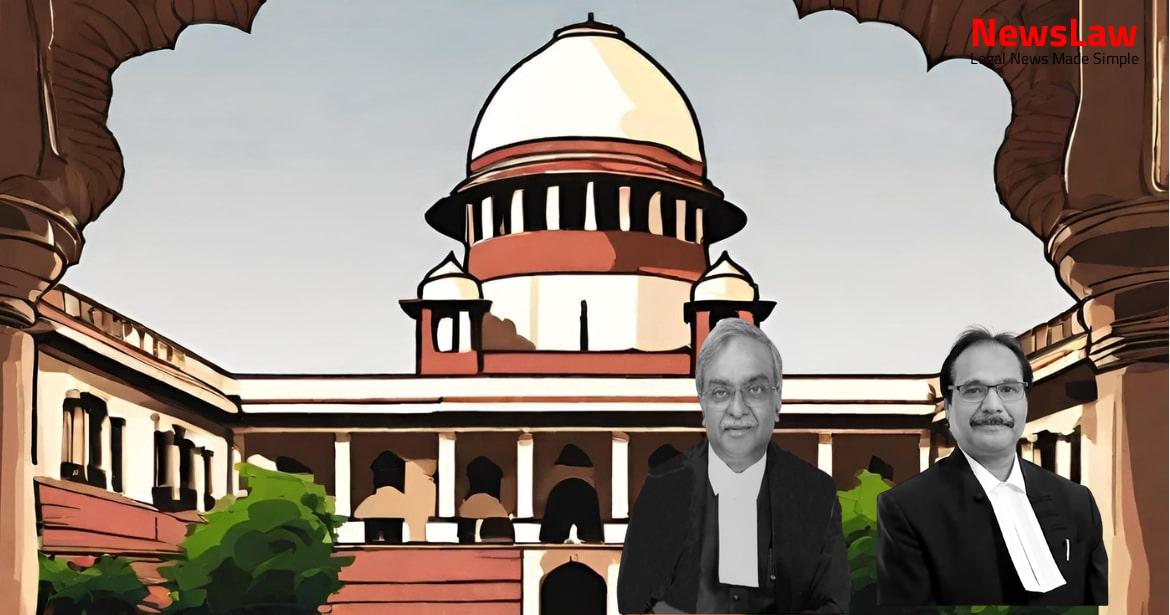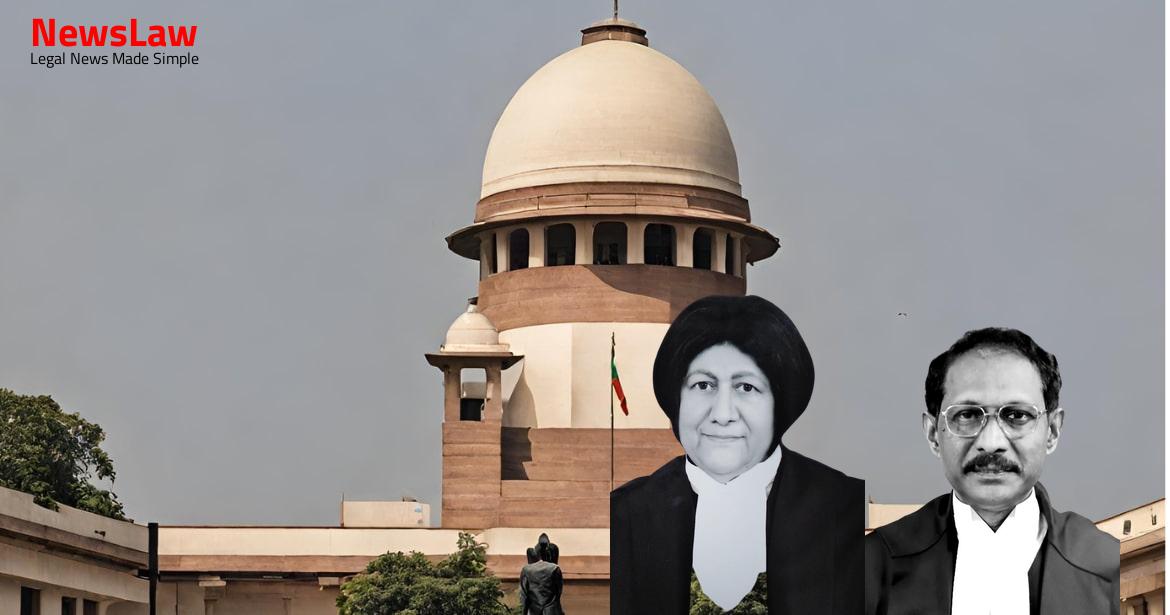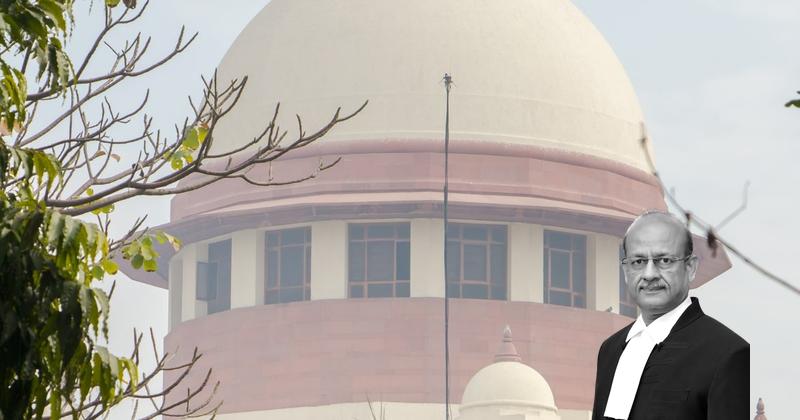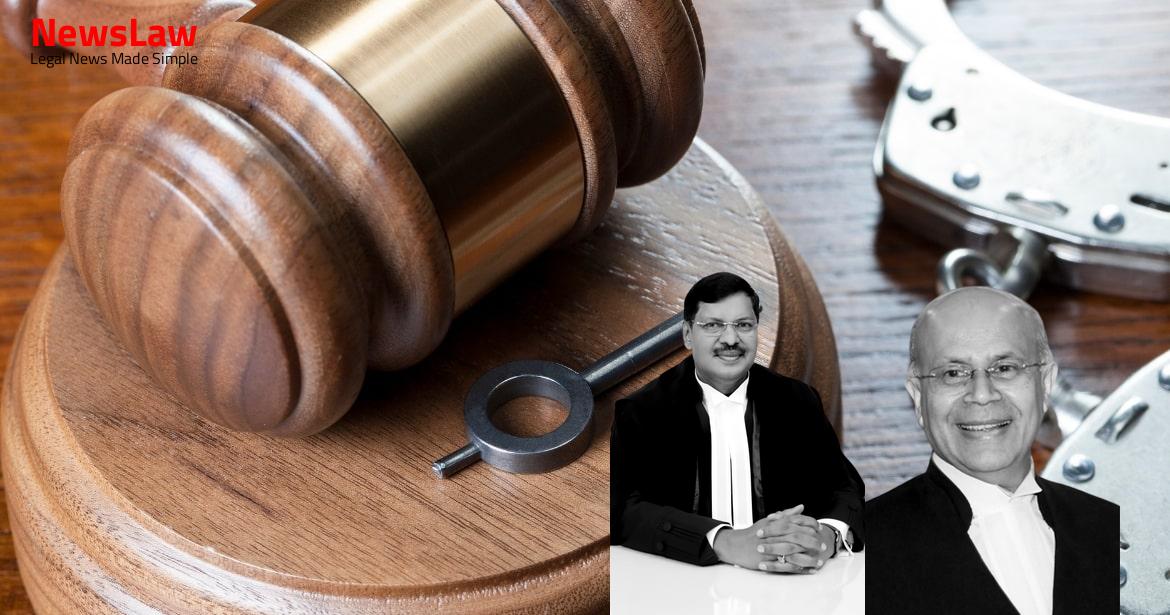In the recent Supreme Court judgment of Mukhtar Zaidi v. State of Uttar Pradesh & Anr., the Court deliberated on critical legal issues surrounding the treatment of Protest Petitions and magistrate discretion in criminal proceedings. Mukhtar Zaidi, the appellant (petitioner), challenged the dismissal of an application to quash a summoning order by the Chief Judicial Magistrate (CJM) of Aligarh. The CJM’s decision to take cognizance based on a Protest Petition and affidavits, despite a police report finding insufficient evidence, raised questions about procedural fairness. This blog explores the ramifications of the verdict, emphasizing the dynamics of Mukhtar Zaidi v. State of Uttar Pradesh & Anr.
Facts
- Protest Petition filed by the informant along with affidavits to challenge the fairness of the investigation carried out by the Investigating Officer.
- CJM rejected the police report and took cognizance of offences under various sections of IPC and Cr.P.C.
- High Court received petition under Section 482 Cr.P.C. to challenge the order of cognizance and summoning of the appellant.
- High Court granted leave and summoned the accused for appearance on 30 April 2021.
- Appeal filed against the order of the High Court dismissing the application under Section 482 of the Code of Criminal Procedure.
- The appeal seeks to quash the Summoning Order dated 08.03.2021 by the Chief Judicial Magistrate, Aligarh.
- High Court corrected the Case Number mentioned in the previous order to Case No. 5727/2021.
- First Information Report lodged by the informant was investigated, and the police report under Section 173(2) Cr.P.C. stated that no evidence could substantiate the allegations in the FIR.
Also Read: State of Arunachal Pradesh vs. Chandra Mohan Badaya: Quashing of FIR and Jurisdiction Issue
Arguments
- The CJM relied on additional evidence from the complainant along with the Protest Petition.
- The CJM could have treated the case as a complaint under Section 200 Cr.P.C. and proceeded accordingly.
- It was open for the CJM to reject the police report submitted for closure and rely on material in the case diary for further action.
- The High Court dismissed the application filed, leading to the present appeal.
- The appellant’s counsel argued that both the CJM and the High Court erred in taking cognizance under Section 190(1)(b) Cr.P.C.
- The Protest Petition was supported by the complainant’s affidavit and affidavits of witnesses filed along with to support the complaint.
- Once additional evidence was being relied upon, the case should have been treated as a private complaint following due procedure in Chapter XV of the Cr.P.C.
- The case should not have been continued as a State case but treated as a private complaint.
- The CJM did not consider additional evidence filed in the form of affidavits along with the Protest Petition.
- CJM relied only on material from the investigation and case diary to reject the police report and take cognizance.
- Satisfaction recorded by the CJM to reject the police report and take cognizance fell within Section 190(1)(b) of Cr.P.C.
- The impugned order was found to be free from any infirmity upon examination.
- CJM considered the Protest Petition, affidavits filed in support of it, and four affidavits of witnesses while taking cognizance.
Also Read: Understanding the Legal Battle: Operation Mobilization India vs. State of Telangana
Analysis
- The Court noted that the Magistrate considered affidavits provided by the complainant and found them sufficient to establish a prima facie case for taking cognizance and summoning the accused.
- The Protest Petition serves the purpose of drawing the Magistrate’s attention to the materials in the case diary for scrutiny.
- A Protest Petition should contain necessary particulars and facts constituting the offense to be treated as a complaint under Section 190(1)(a) of the CrPC.
- If a Protest Petition does not meet the requirements of a complaint, it cannot be construed as a complaint for the purpose of proceeding under Section 200 of the CrPC.
- The Magistrate may reject a Protest Petition if it does not satisfy all conditions of a complaint to his satisfaction.
- The Protest Petition is a means for the complainant to challenge the final report but does not automatically convert the case into a complaint case.
- If the Magistrate does decide to treat the Protest Petition as a complaint, the procedure under Section 200 of the CrPC must be followed.
- The examniation of complainant under Section 200 of the CrPC may be conducted if the Magistrate treats the Protest Petition as a complaint.
- The decision to treat a Protest Petition as a complaint rests with the Magistrate, and not every Protest Petition needs to be treated as a complaint.
- Cognizance can be taken under Section 190(1)(b) of the CrPC if the court disputes the conclusions of the investigating officer without necessarily examining witnesses under Section 200.
- In the case of Mahabir Prasad Agarwala v. State, a Judge of the High Court of Orissa viewed a Protest Petition as a complaint to be examined under Chapter XVI of the Criminal Procedure Code.
- Contrary to the above, in Qasim v. State, a Judge of the High Court of Judicature at Allahabad held that a Protest Petition should not be compulsorily treated as a complaint.
- In Vishnu Kumar Tiwari v. State of Uttar Pradesh, the Bench emphasized that if a Magistrate determines no prima facie case is made out after considering the final report and statements under Section 161 of the Code, they are not obligated to take cognizance by treating the Protest Petition as a complaint.
- A report made by a police officer in a case revealing a non-cognizable offense is considered a complaint.
- The police officer who makes such a report is deemed to be the complainant.
- The Magistrate did not direct the Protest Petition to be treated as a complaint.
- The Magistrate had already recorded satisfaction to take cognizance and summon the accused.
- The Magistrate should have followed the provisions of Chapter XV of the Cr.P.C.
- The impugned orders by the High Court and CJM, Aligarh were set aside.
- The Complainant has the liberty to file a fresh complaint.
- The right of the Complainant to file a petition under Section 200 Cr.P.C. remains, along with all material filed in support.
Also Read: Annapurneshwari Cotton Co. Legal Dispute
Decision
- The Magistrate is permitted to treat the Protest Petition as a complaint and proceed under Chapter XV of the Cr.P.C.
- The court has not made any comments on the merits of the matter.
- Any observations made will not influence the CJM in making a decision.
- The CJM is advised to take an appropriate decision as required by law.
Case Title: MUKHTAR ZAIDI Vs. THE STATE OF UTTAR PRADESH (2024 INSC 316)
Case Number: Crl.A. No.-002134-002134 / 2024



